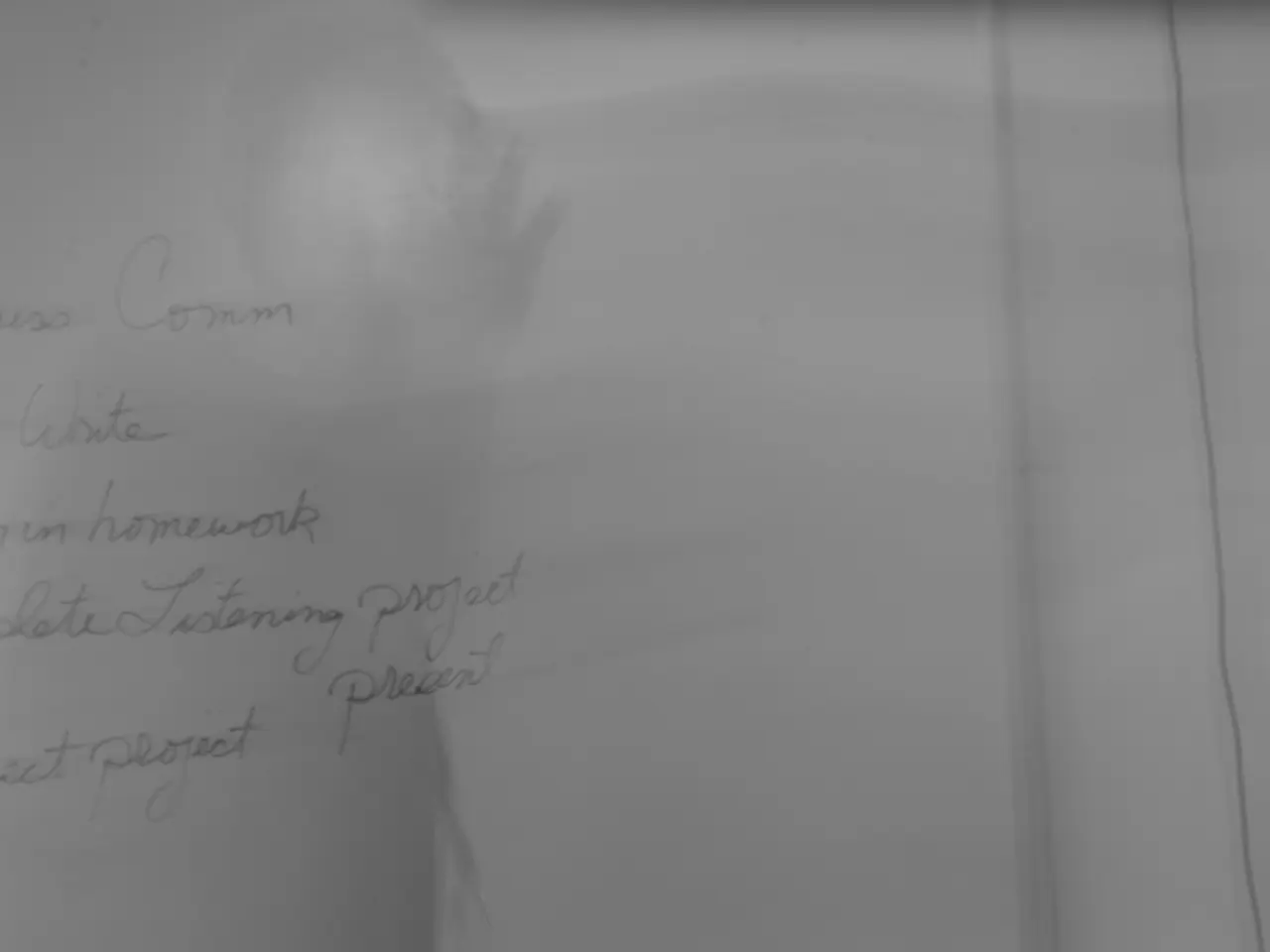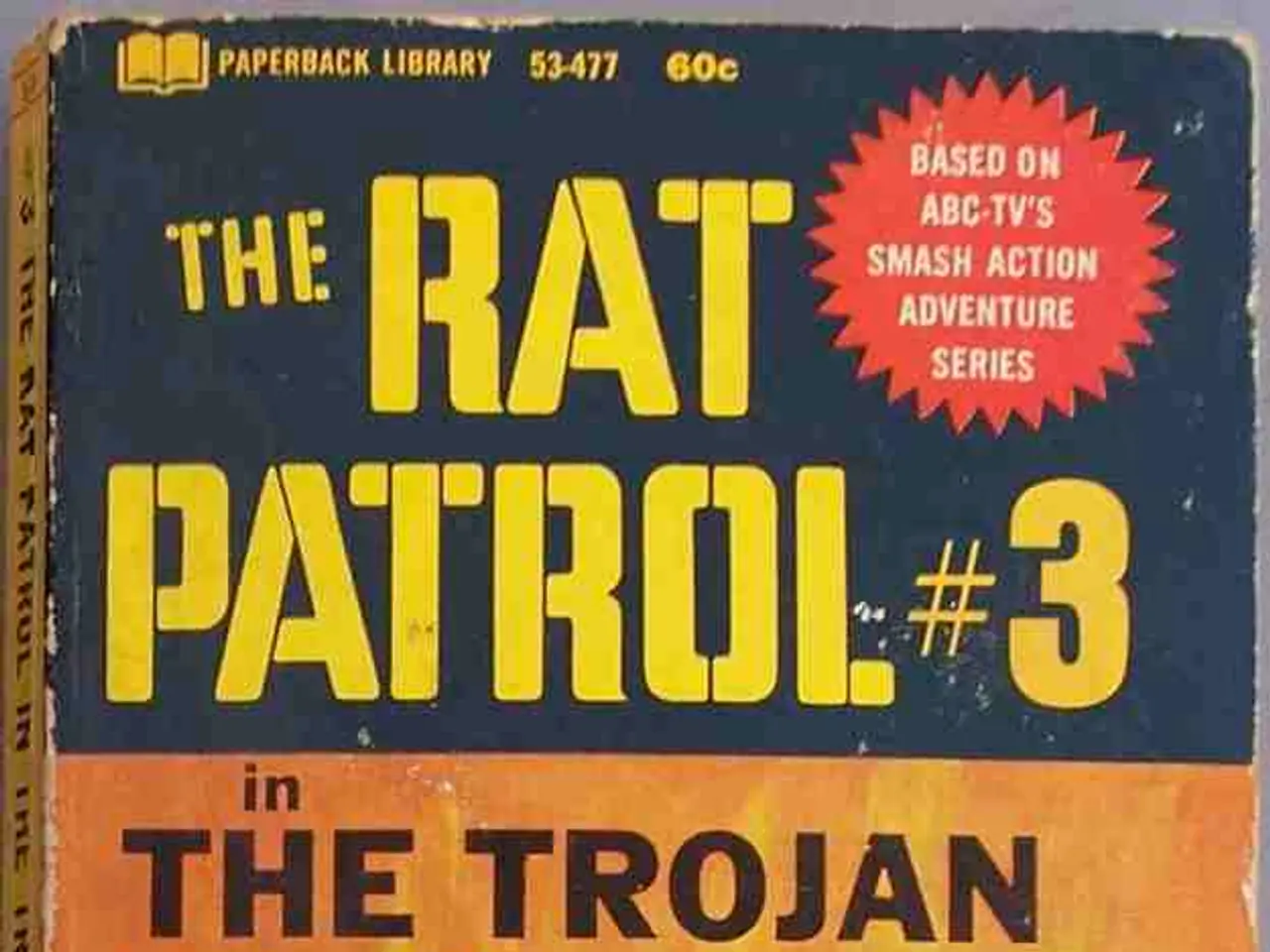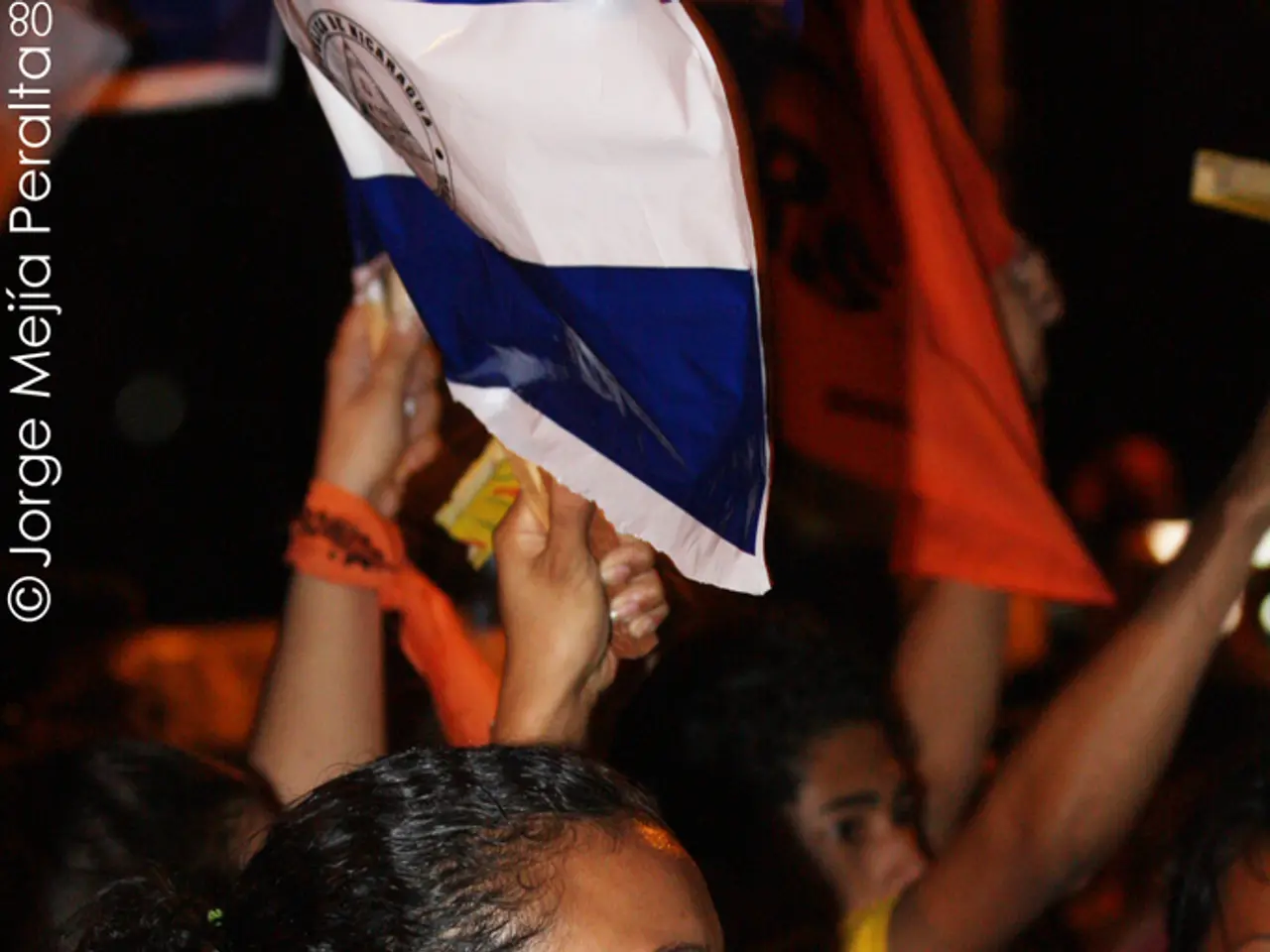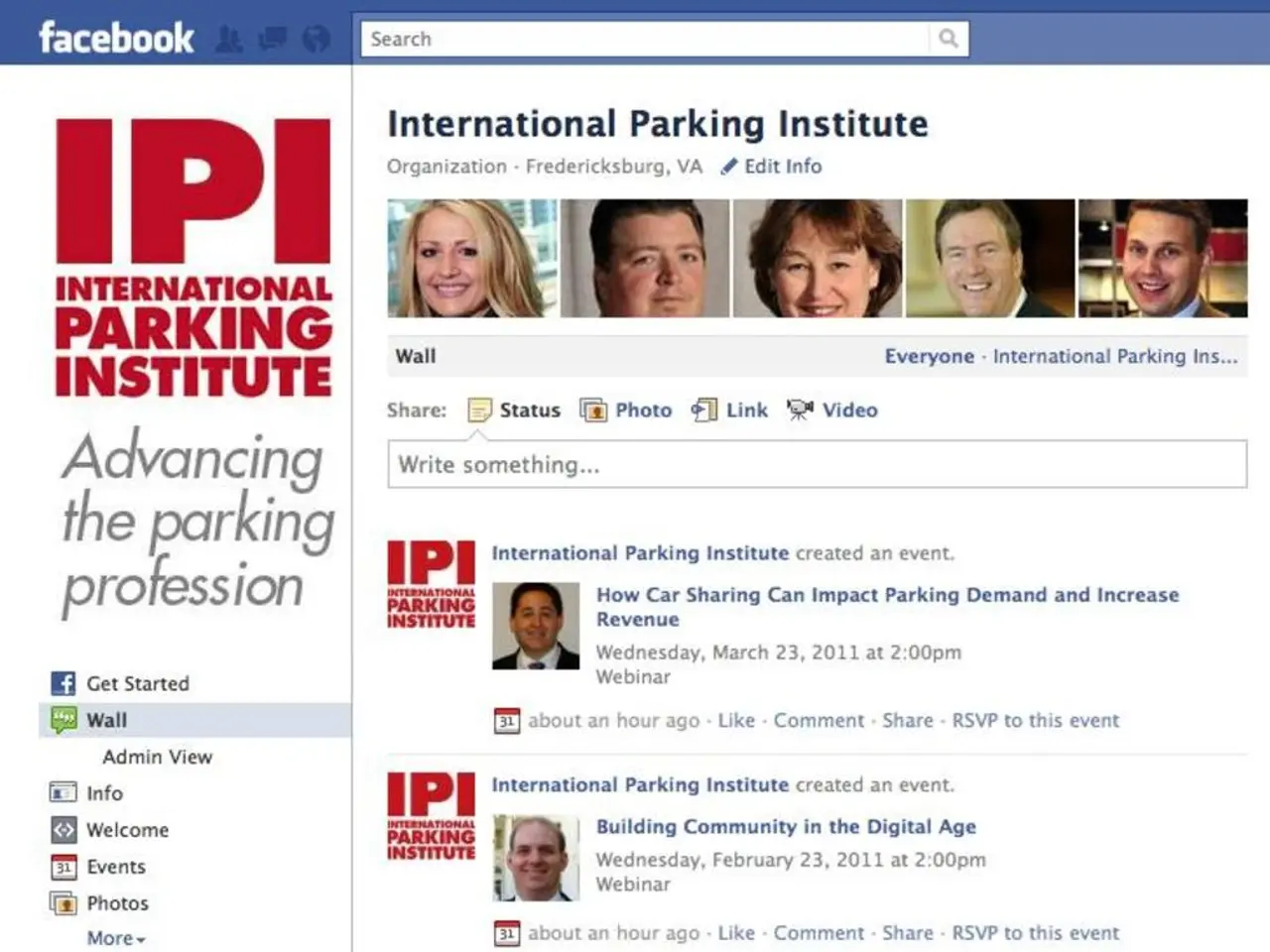Improvement in Border Duties to Combat the Inflow of Illicit Drugs through the Northern Frontier
The United States has escalated tariffs on specified Canadian products as part of ongoing measures to address the illicit drug crisis across the northern border. The tariff increase, from 25% to 35%, was enacted by President Donald J. Trump on July 31, 2025, and took effect at 12:01 a.m. Eastern Daylight Time on August 1, 2025.
The original Executive Order 14193, issued on February 1, 2025, imposed a 25% tariff on certain Canadian goods and 10% on energy products to pressure Canada into cooperating on drug interdiction efforts. Exemptions remained for goods qualifying under the United States-Mexico-Canada Agreement (USMCA), and some tariff adjustments were made in March 2025.
In July 2025, further consultation and recommendations led to the tariff increase to 35%, aimed at reinforcing U.S. national security interests and compelling stronger Canadian enforcement cooperation. The administration also set a 40% transshipment tariff on goods routed through third countries to evade the 35% tariff.
The order modifies subchapter III of chapter 99 of the Harmonized Tariff Schedule of the United States, increasing the duty rate from 25% to 35% on certain articles. The Secretary of Homeland Security is responsible for determining whether any additional modifications to the Harmonized Tariff Schedule of the United States are necessary to effectuate the order.
Goods for which Canada was the last country of substantial transformation prior to importation into the United States are subject to the additional duty. This includes products of Canada that do not qualify as originating under USMCA and are determined to have been transshipped to evade applicable duties.
The additional duty does not apply to goods for which entry is properly claimed under a provision of chapter 98 of the tariff schedule, except for goods entered under heading 9802.00.80. For heading 9802.00.80, the additional duties apply to the value of the article assembled abroad in Canada, less the cost or value of such products of the United States.
Products of Canada that are provided for in heading 9903.01.16 may still qualify for the "de minimis" exemption, but the exemption ceases to be available upon notification by the Secretary of Commerce. The additional duty on certain articles from Canada has been increased from 35% to 40% under heading 9903.01.16.
The Secretary of Commerce and the Secretary of Homeland Security are required to publish a list of countries and specific facilities used in circumvention schemes every 6 months. The order also allows for further increases in duties if Canada retaliates against the U.S.
The Secretary of Homeland Security is tasked with monitoring the situation at the northern border and recommending additional action if necessary. Temporary duty exemptions or reductions under subchapter II to chapter 99 do not apply to the additional duty imposed by heading 9903.01.16.
For subheadings 9802.00.40, 9802.00.50, and 9802.00.60, the additional duties apply to the value of repairs, alterations, or processing performed in Canada. Goods of Canada under the rules set forth in part 102, title 19 of the Code of Federal Regulations are subject to the additional duty imposed by heading 9903.01.16.
The President's order is in response to Canada's lack of cooperation in stemming the flow of illicit drugs across the northern border. The current status is that the escalated 35% tariff on specified Canadian products is actively in effect as part of ongoing measures under EO 14193 to address the illicit drug crisis across the northern border, with continuing exemptions for USMCA-origin goods and strict enforcement against evasion.
[1] White House. (2025, July 31). Remarks by President Trump on Tariffs on Canadian Goods. Retrieved from https://www.whitehouse.gov/briefings-statements/remarks-president-trump-tariffs-canadian-goods/
[2] Office of the U.S. Trade Representative. (2025, March 15). Fact Sheet: Potash Duties and Tariff Stacking Adjustments. Retrieved from https://ustr.gov/about-us/policy-issues/press-office/press-releases/2025/march/fact-sheet-potash-duties-and-tariff-stacking-adjustments
[4] Congressional Research Service. (2025, August 10). Executive Order 14193: Tariffs on Canadian Goods. Retrieved from https://crsreports.congress.gov/product/pdf/R/R46487
- The increase in tariffs on Canadian products, from 25% to 35%, as part of Executive Order 14193, reflects the U.S. administration's firm political stance, aiming to influence Canada's opinion on drug interdiction efforts and strengthen their cooperation in national security interests.
- The ongoing policy-and-legislation surrounding tariffs on Canadian goods, particularly in the context of the illicit drug crisis, is a major component of general news, with continuous updates and adjustments being announced, such as the recent rise to 35% and potential further increases if Canada retaliates.





